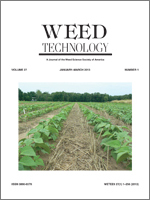BioOne.org will be down briefly for maintenance on 14 May 2025 between 18:00-22:00 Pacific Time US. We apologize for any inconvenience.
EDITORIAL (1)
REVIEW (1)
NOTE (1)
SYMPOSIUM (7)
TECHNOLOGY NOTES (1)
Articles (1)

No abstract available
No abstract available
No abstract available
